
 |
Eager Space | Videos by Alpha | Videos by Date | All Video Text | Support | Community | About |
|---|

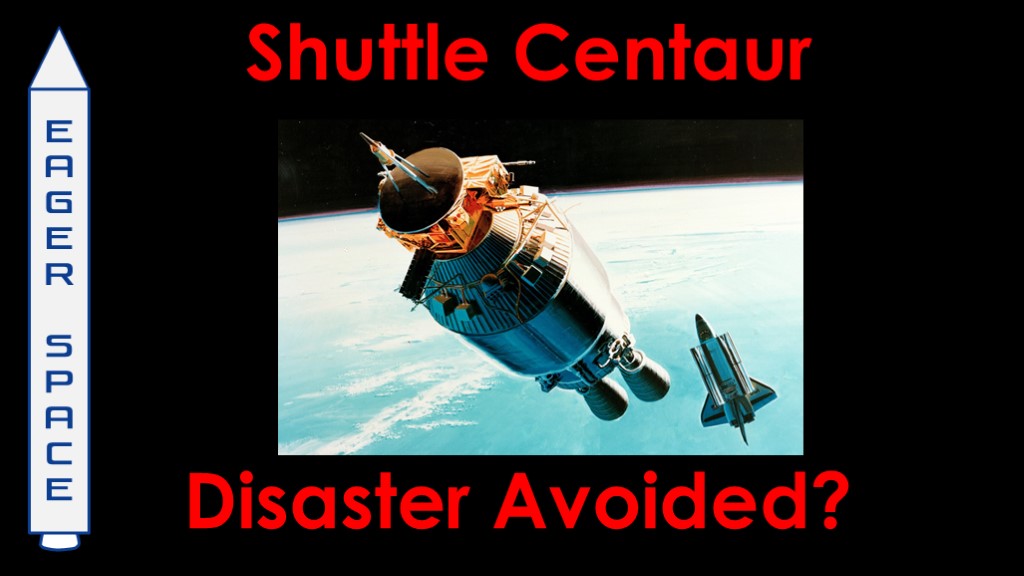
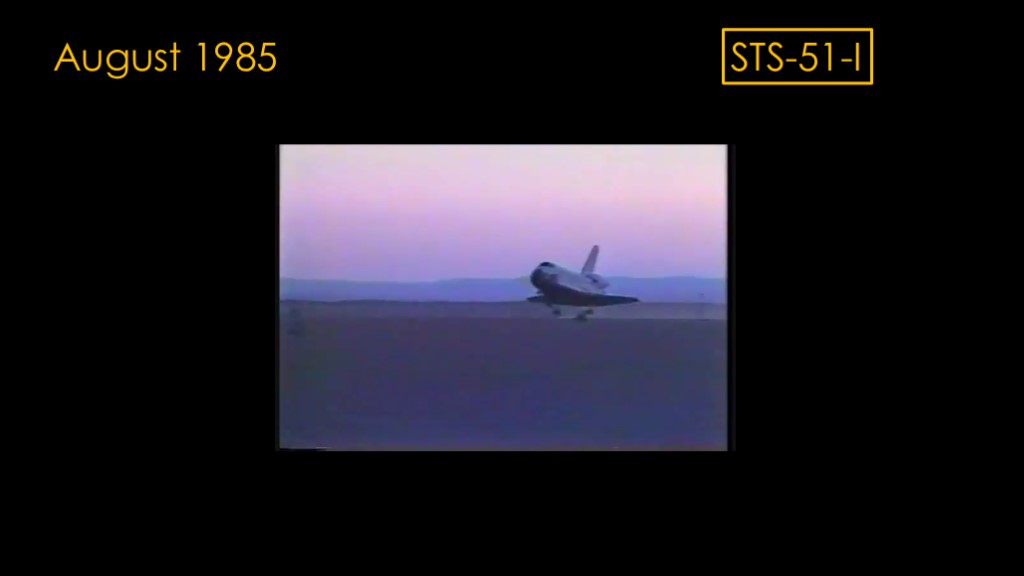
In August of 1985, the space shuttle Discovery touched down to mark the end of STS-51-I, the 20th shuttle mission.
It was the 6th shuttle mission for the year, and it seemed that NASA had hit a good cadence for shuttle flights.
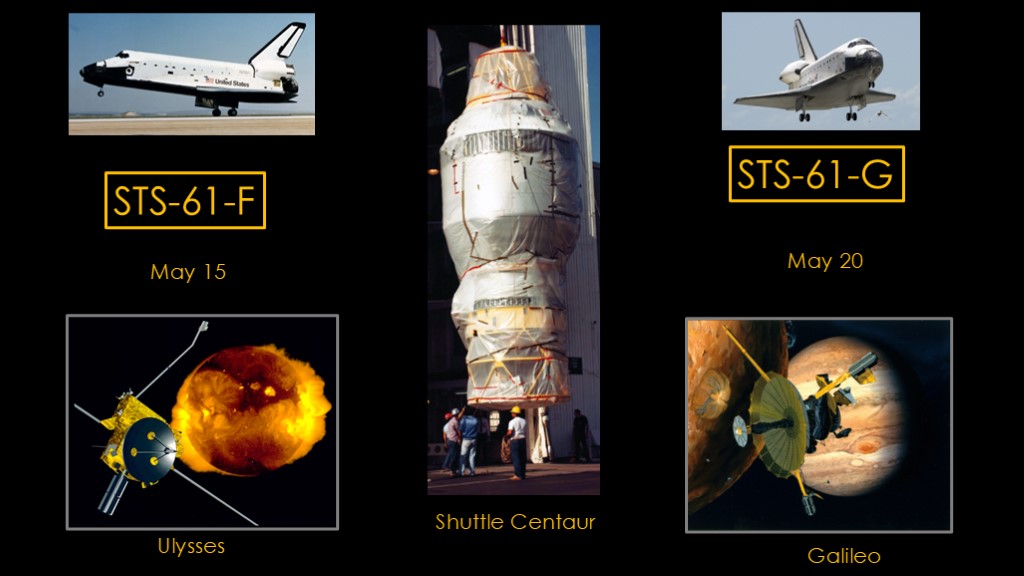
On May 15th of 1986, challenger would launch the Ulysses solar probe, and 5 days later, Atlantis would launch the Galileo probe to Jupiter.
These were important science missions, and they would fly with the shuttle centaur upper stage in their payload bay to send the probes on their journey.
Some were excited about the upcoming missions. Some feared that a malfunction in the stage would turn the shuttle into a large fireball.
This is the story of shuttle centaur.
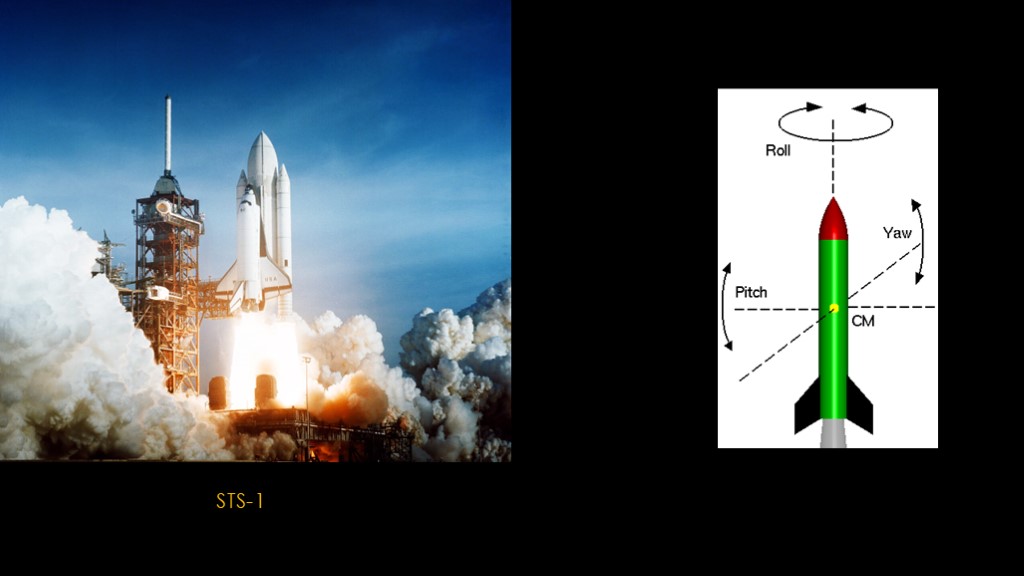
The need for shuttle upper stages like shuttle centaur is a result of shuttle architecture.
To understand the problem, we'll need a little bit of rocket physics.
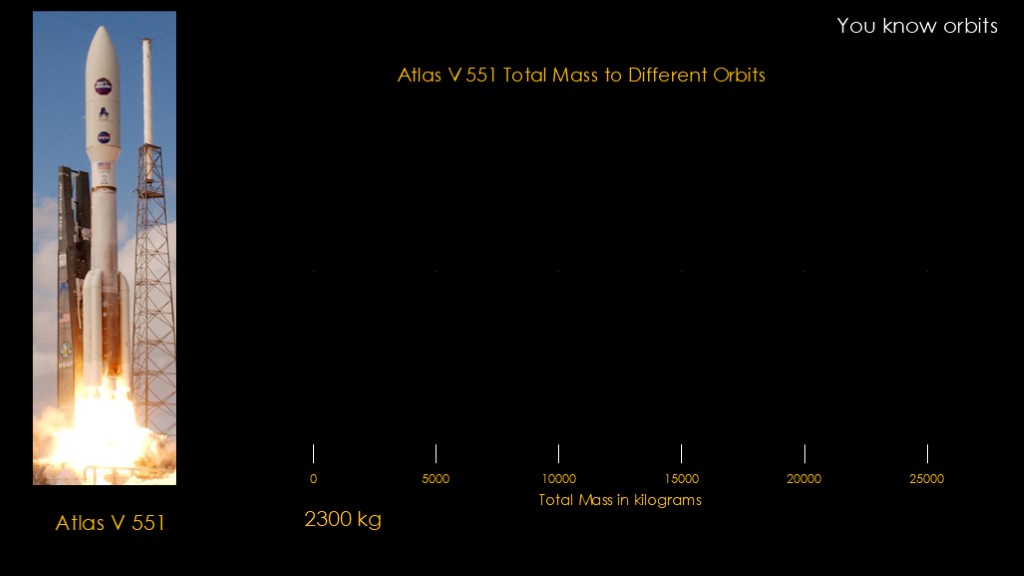
When we put a payload into orbit with a two stage rocket, it's not just the payload that is put into that orbit, it's the second stage as well. For this Atlas V, the second stage weighs 2300 kilograms.
We're going to be looking at the payload that this rocket can lift to different orbits. If you want to know more about the orbits I'll be comparing, see the "You know orbits" video
The Atlas V in this configuration can put about 20,500 kilograms into low earth orbit. Of that, 2300 kilograms is the mass of the centaur second stage. That is a payload tax that we have to pay, and for this orbit, it's about 11% of the total.
A higher orbit - in this case a GTO-1800 transfer orbit - takes more energy to get into, so the total mass is about half the LEO mass. The mass of the second stage didn't change, and that means the second stage is 21% of the total, leaving only 79% for the payload.
Go up to GTO-1500, and the second stage is up to 25% of the total, leaving only 75% for the payload.
Finally with a geostationary orbit - the hardest one in this graph - the second stage is up to 37% of the total with only 63% for payload.
If we kept going to higher energy orbits, at some point the second stage would consume all of the mass and the payload would be zero.
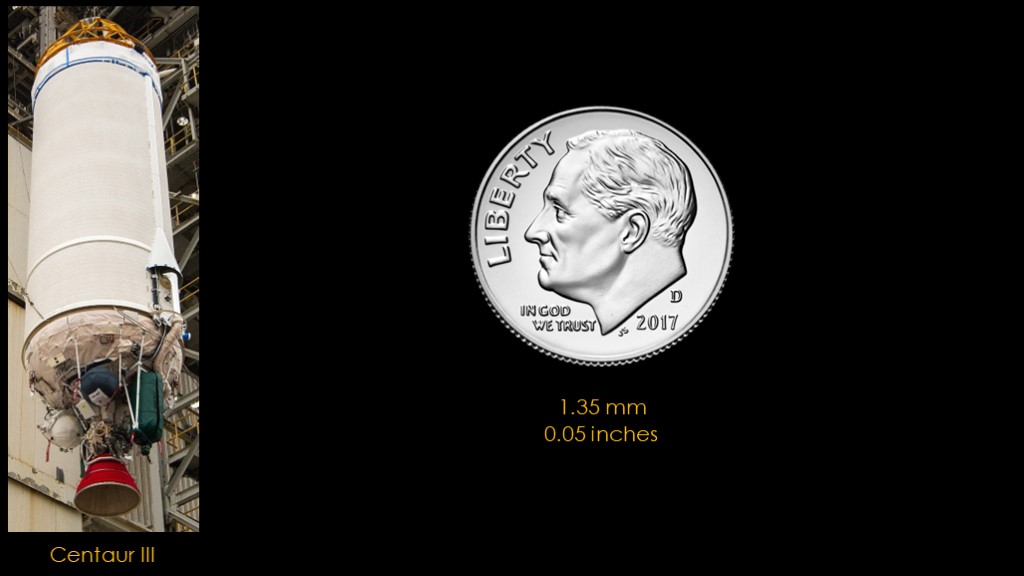
It's therefore important to keep the second stage as light as possible, to reduce the payload tax.
The centaur III that flies on the Atlas V is a great second stage because it is so light.
The propellant tanks are the thickness of a US dime, 1.35 millimeters or 1/20th of an inch. They are an example of a balloon tank, a tank with walls so thin that if it loses pressurization it will collapse.
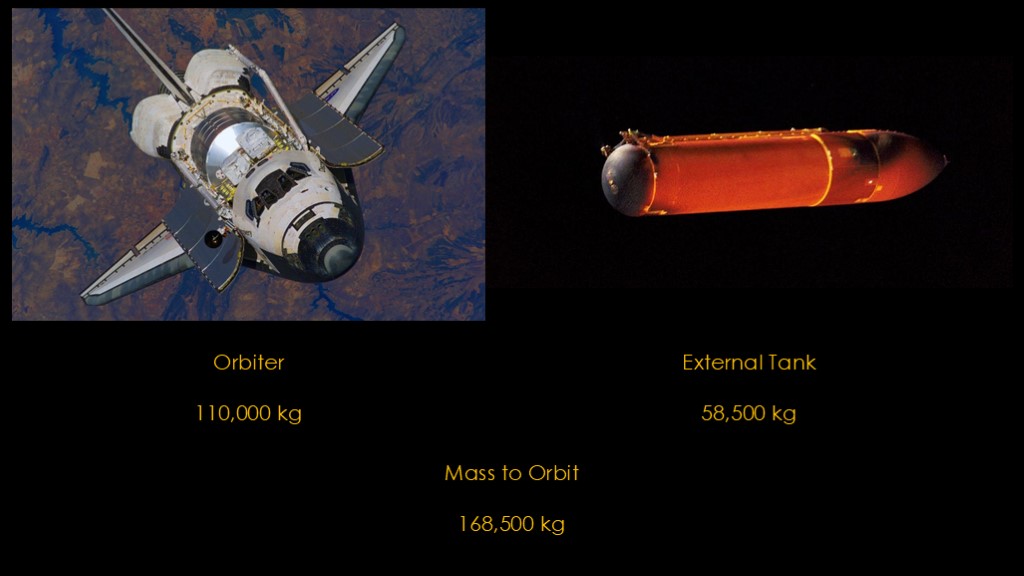
The space shuttle orbiter is not a light second stage - it is a very heavy second stage at approximately 110,000 kilograms at launch.
The external tank is also carried to orbit, and it masses a further 58,500 kilograms, for a total mass to orbit of 168,500 kilograms.
Let's recreate our graph, this time for shuttle.
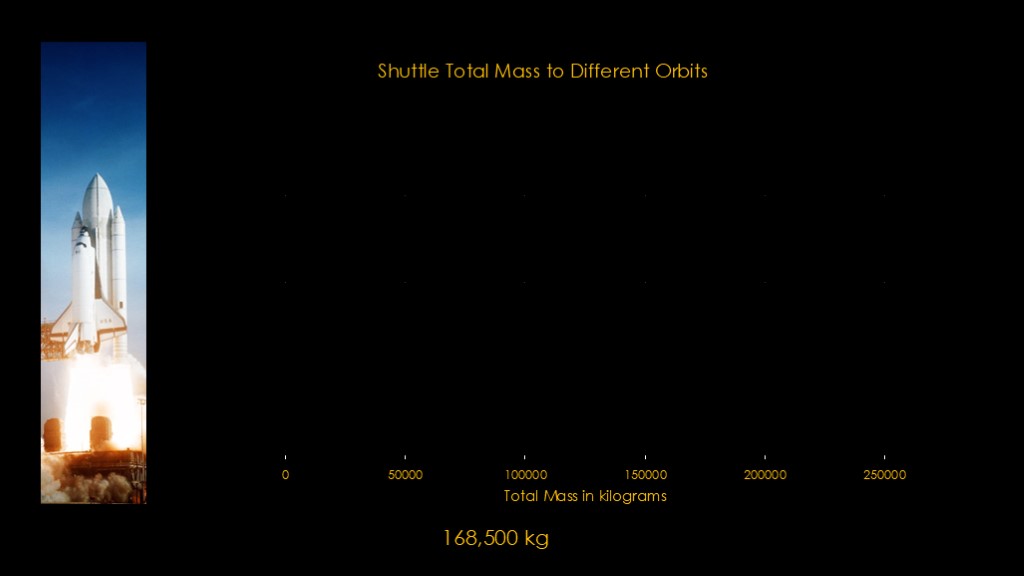
The shuttle graph looks very different.
Even at a very low orbit of 204 kilometers, only 14 % of the mass to orbit goes to payload.
On an ISS trip, that drops down to only 9 % of the mass to orbit.
The highest altitude shuttle flew to was 614 kilometers to launch hubble, and that was only 7% of the total payload.
Fly to 960 kilometers and there is no useful payload.
All of these orbits are low earth orbits. Because of the mass of the orbiter and external tank, the shuttle cannot get out of low earth orbit.
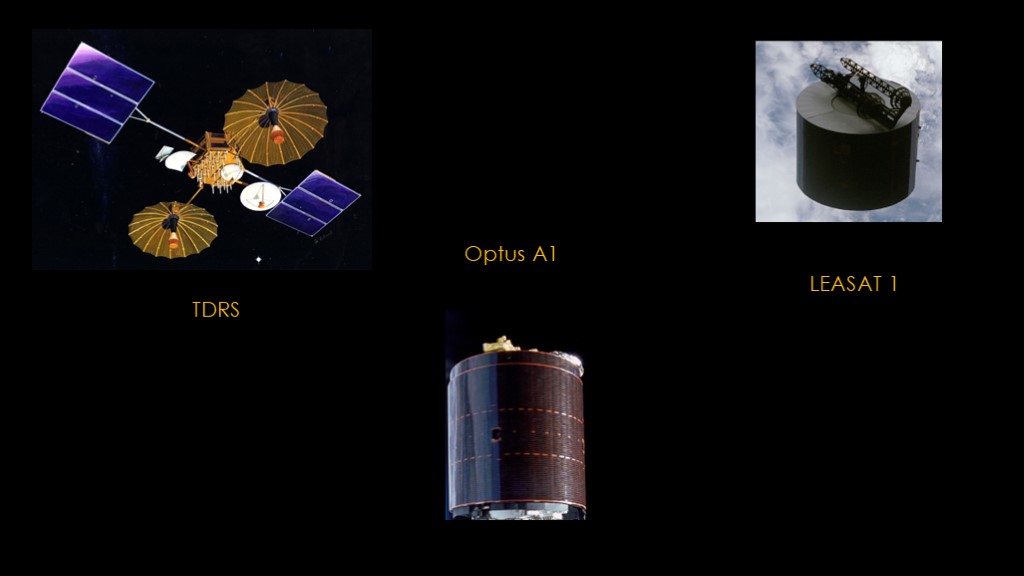
This was a problem as shuttle was intended to launch the majority of US satellites including geosynchronous satellites like NASA's tracking and data relay satellites and commercial satellites like Optus A1 or Leasat 1.
What was needed was a way to get these satellites from a low earth orbit to their destination orbit.
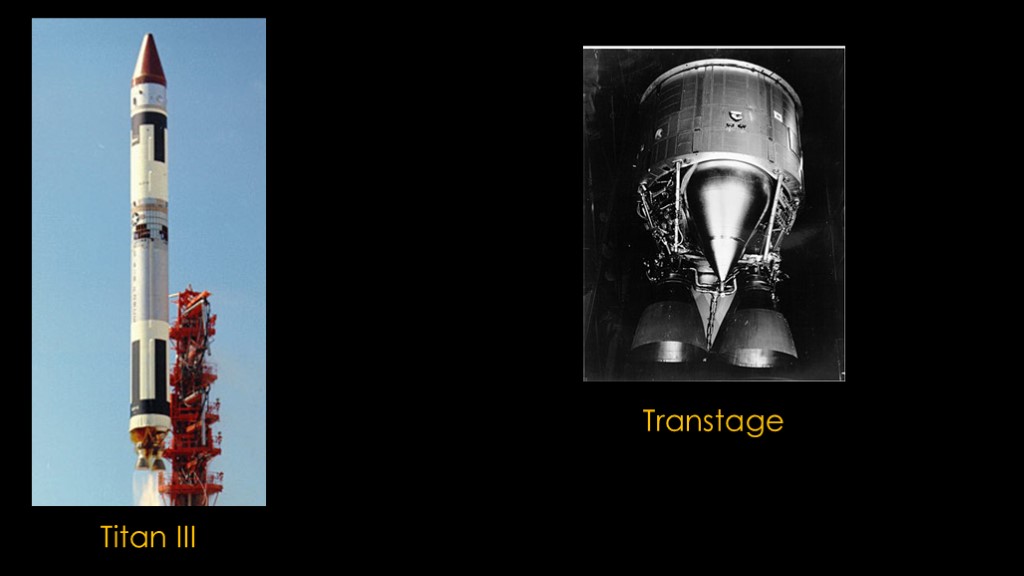
This was a solved problem. The Titan III launcher has the same issue to a lesser degree, and it had been flying the transtage, a small upper stage using hypergolic propellants. The transtage functions as a third stage for the rocket and it's light so the payload tax is low.
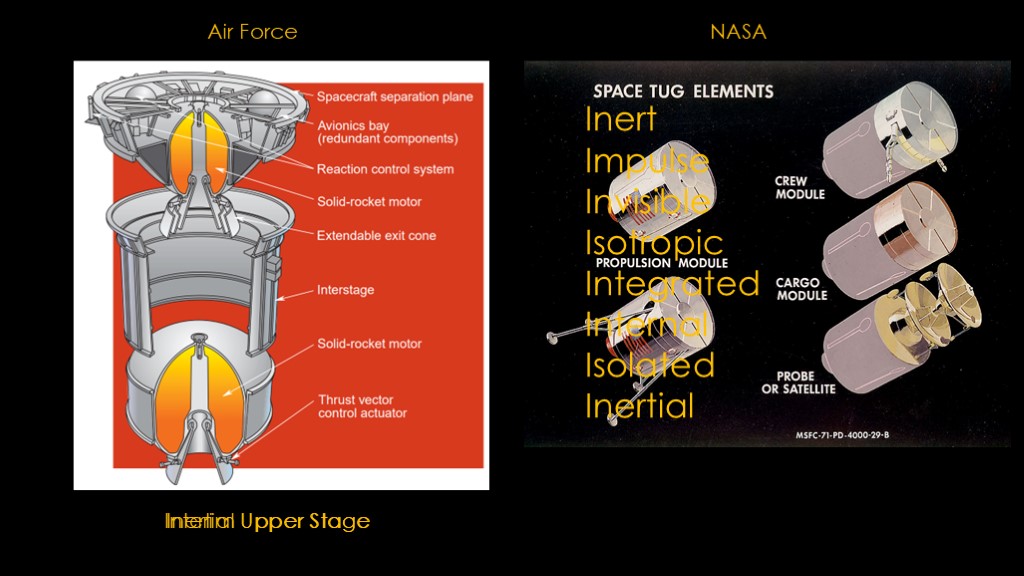
The air force was already working on the problem - they were planning on a simpler and cheaper upper stage that relied on two solid rocket motors - to fly on the Titan 34D and later the Titan IV. NASA had been thinking about a "space tug" upper stage that would work with shuttle, but that was a long term project.
NASA and the air force decided to collaborate on the solid rocket solution until the space tug was ready, and the solid rocket solution was therefore named the Interim Upper Stage.
In late 1977 NASA abandoned the space tug work, leaving the interim upper stage the only upper stage.
Nobody wanted to change the acronym, so they tried a bunch of different words starting with "I" until they settled on "Inertial"
That's not actually true - they chose "inertial" because they needed an I word and the stage used Inertial Guidance.
There would be a two stage IUS that would be used by the Titan and the shuttle for satellites and a three stage version that NASA would use for planetary missions.
https://web.archive.org/web/20140417071751/http://www.aerospace.org/wp-content/uploads/crosslink/V4N1.pdf
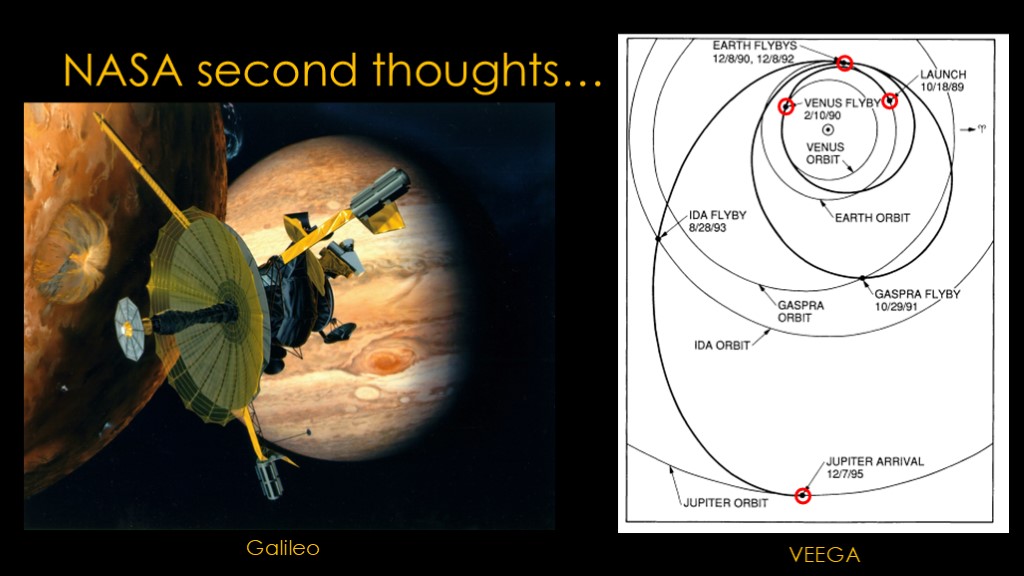
As IUS development was underway, NASA was having second thoughts.
The Inertial upper stage worked fine for launching NASA satellites, but it fell short for planetary missions. NASA wanted to fly the Galileo mission with a simple flyby of mars to gain velocity and then on to Jupiter, a trajectory that would involve 3 years of travel time.
But IUS wasn't up to the task of putting Galileo on that trajectory - it couldn't generate enough velocity. The only way to get Galileo to Jupiter with IUS was a trajectory called VEEGA, for Venus Earth Earth Gravity Assist.
IUS would launch the probe but not towards Jupiter, but inward towards Venus. About 4 months later an encounter with Venus would give it a velocity boost and sent it back to earth, where ten months later it would get a boost from earth that would fling it out towards Jupiter, only to come back to earth two years later to get another boost, finally reaching a velocity that was high enough to send it to Jupiter. The trip would take more than 6 years.
NASA was not excited by the complexity of the mission and extending the travel time as it cost them $50 million per year to keep the program running.
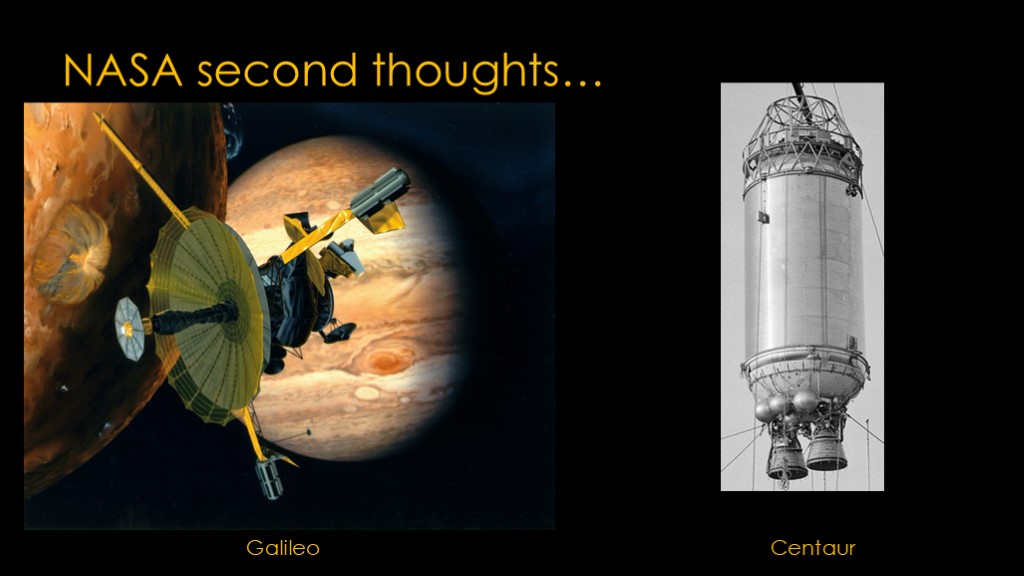
NASA's solution was the Centaur, a hydrogen oxygen upper stage that first flew in 1962 and has been flying ever since. It existed, it worked reliably, it was much more efficient, and it carried more propellant than IUS. It could do Galileo the way NASA wanted to do it and would enable other ambitious science missions.
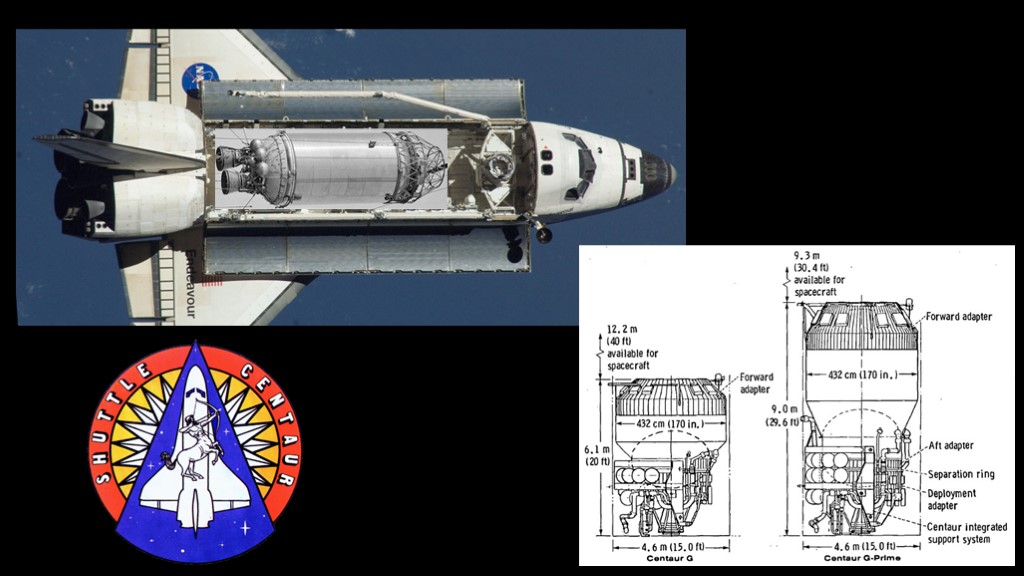
There was a bit of a problem. While it was possible to fit centaur into the payload bay, there wasn't much room left for a satellite in front of it. Worse, it put a lot of mass forward in the payload bay, too far forward for the shuttle to be stable during reentry if it had to come back with centaur and the payload inside.
This shuttle picture is of Endeavour on STS-123, and the large module at the back of the payload bay is the Japanese Kibo (keybow) lab module. It needs to be that far back in the payload bay because of its mass.
What NASA needed was a modified version of centaur, one that was both shorter in length and wider around to concentrate the mass of the fuel - and the payload on top of it - as far towards the back of the payload bay as possible.
NASA decided to build two versions - the shorter one is known as Centaur G, optimized for department of defense payloads up to 40' long, and the longer Centaur G Prime is designed for planetary missions.
The air force would fund Centaur G, and NASA would fund Centaur G Prime.
Congress agreed to pay for it, and the Shuttle Centaur program was born. You can think of shuttle centaur as the overall program and centaur g and centaur g prime as the specific stages under that program.
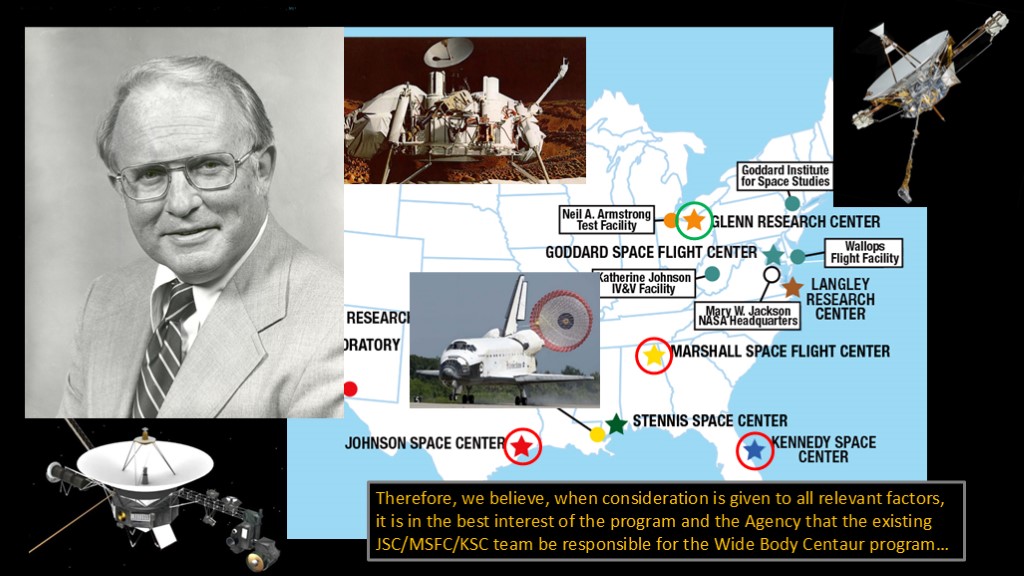
Shuttle centaur would be a major program and things quickly got political.
The obvious choice for the program was Lewis Research Center in Ohio - since renamed to Glenn Research Center. They had done the feasibility study for Shuttle Centaur, they had reconfigured the Atlas-Centaur stage to work on Titan, and they had had worked on earth orbital missions, lunar missions, and planetary missions like Viking, Voyager, and Pioneer. And the center had lost much of its work when the nuclear propulsion program was cancelled, so they had room and bandwidth to do the work. The were the centaur experts.
They weren't, however, part of the "shuttle club" of Johnson Space Center in Texas, Marshal Space Flight Center in Alabama, and Kennedy Space Center. The directors of those three centers wrote an "eyes only" letter to NASA Administrator Alan Lovelace where they asserted
Therefore, we believe, when consideration is given to all relevant factors, it is in the best interest of the program and the Agency that the existing JSC/MSFC/KSC team be responsible for the Wide Body Centaur program
They specifically thought that Marshal should manage centaur development.
As often happens in large organizations, their secret letter quickly made it back to Lewis, and to say the were displeased would be an understatement.
Administrator Lovelace ultimately chose Lewis, but this initial interaction would set the stage for a contentious relationship.
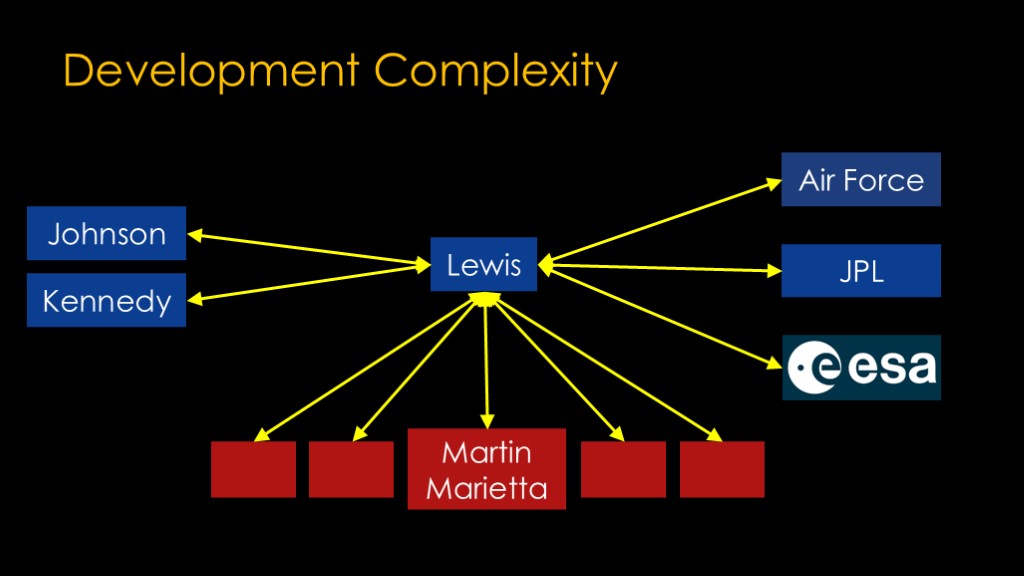
There were a lot of moving parts in this program.
With Lewis in charge of design and management they had to work closely with Johnson and Kennedy. But it was much more complicated - they had to collaborate with the air force for the version of Centaur that would launch department of defense satellites, with JPL on the design of Gallileo and - just to make things interesting - with the European space agency who was building the Ulysses probe.
And there were the contractors doing the actual work, most prominently Martin Marietta who was building the actual centaur g stages.
One of the managers at Lewis later said,
"It was a very substantial development program. When we sold it, I don't think we emphasized
how much substance there was to the development. I think we said, it's a Centaur, we have
them all over the place, we will just make one that will fit in the cargo bay. It was a relatively
straightforward technical job, but managerially it was extraordinarily demanding."
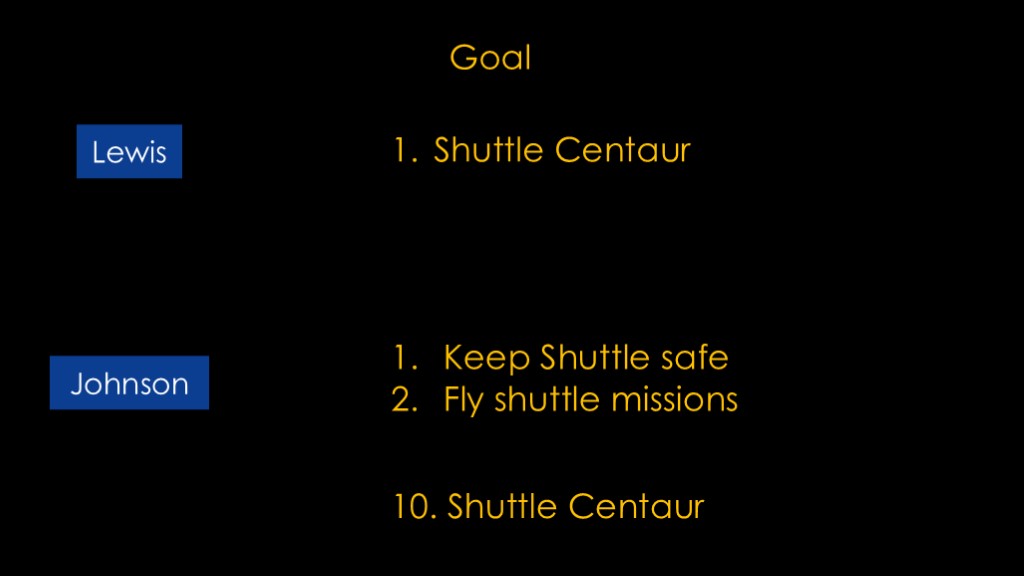
There were also some significant differences in goals.
Lewis' goal was purely to fly shuttle centaur for both NASA and Air Force missions.
Johnson had a more complex job. They needed to keep shuttle safe and keep the shuttle flying missions on an increasingly faster cadence. Somewhere down on their list of goals was to fly shuttle centaur, and while they might think shuttle centaur was a good thing for NASA, it was just a lot of extra work for them. It's not surprising that they would spend more time on the downsides of shuttle centaur than the advantages.
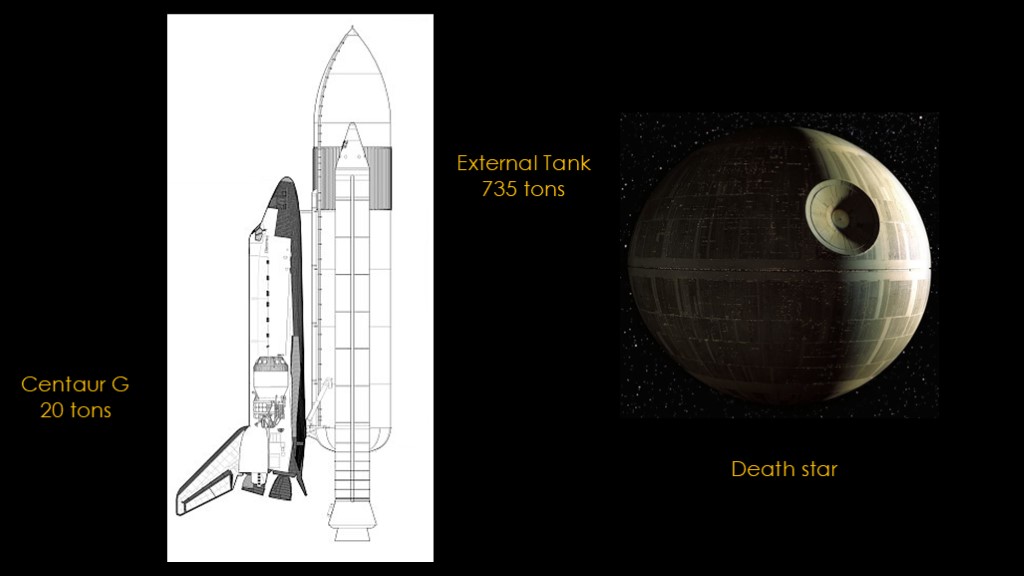
And Johnson saw lots of disadvantages.
They were deeply acquainted with the difficulties of working with liquid hydrogen, and while centaur G only held about 4% of the hydrogen in the shuttle external tank, it held it inside the shuttle payload bay in a very thin tank. There needed to be a way to vent that hydrogen out of the tank in some abort scenarios, which added complexity. And centaur G also had a big tank of liquid oxygen.
The NASA astronaut corp was also headquartered at Johnson space center, and they made their opinion of shuttle centaur very clear when they labelled it "the death star". Some astronauts said they would never fly with it.
Getting everybody aligned enough to get shuttle centaur approved to fly on shuttle was a big job, but it was finally achieved. NASA would fly galileo and Ulysses on centaur G.
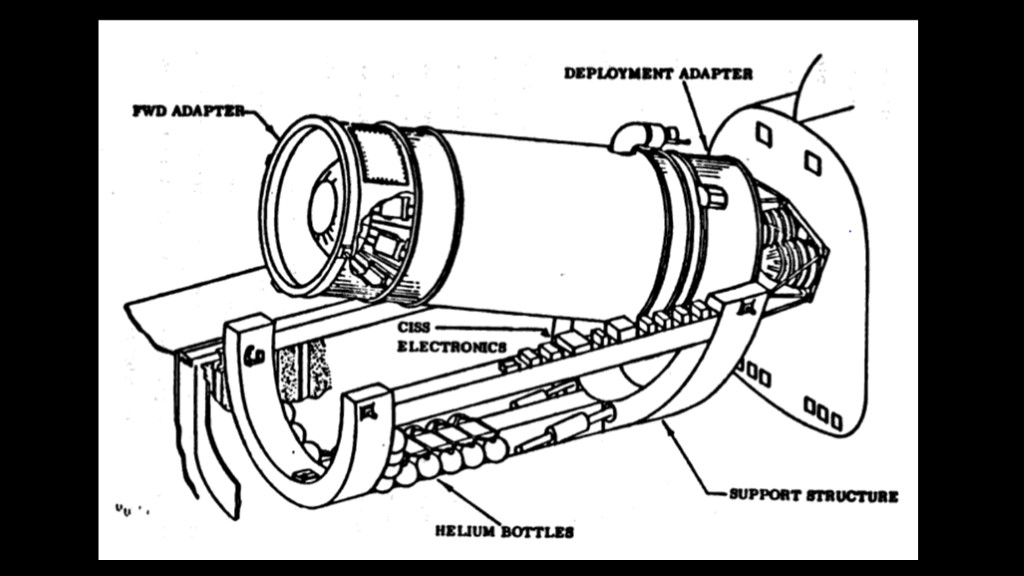
But progress was made. A support structure known as the centaur integrated support structure was designed.
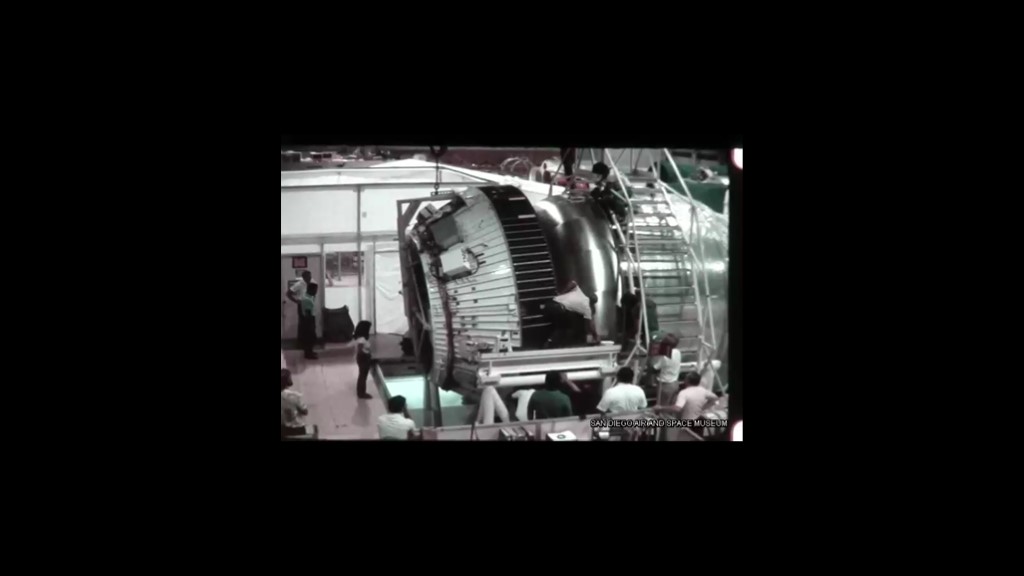
The first centaur G was under construction at Martin Marietta's factory.
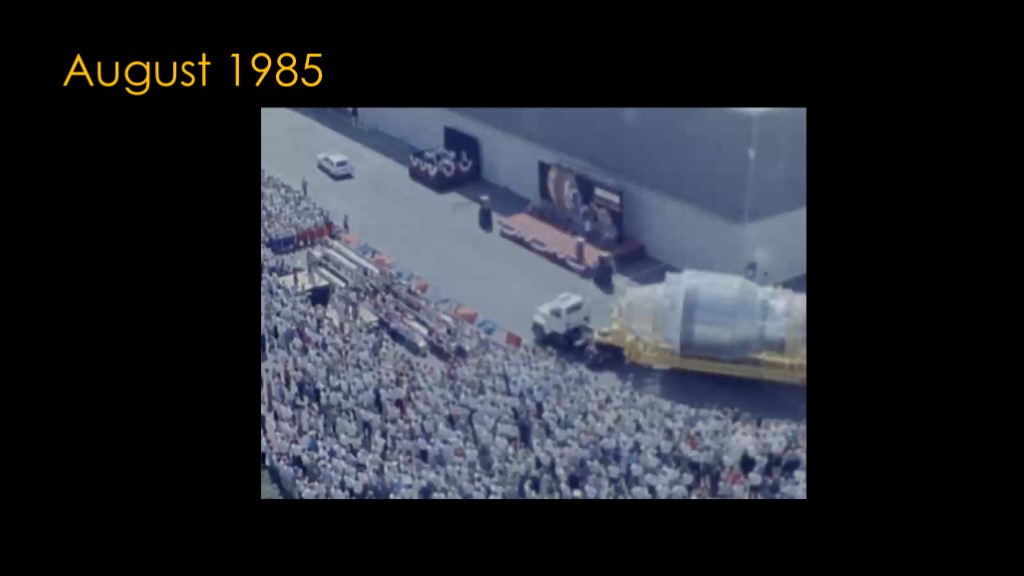
In August of 1985 the first centaur g was rolled out.
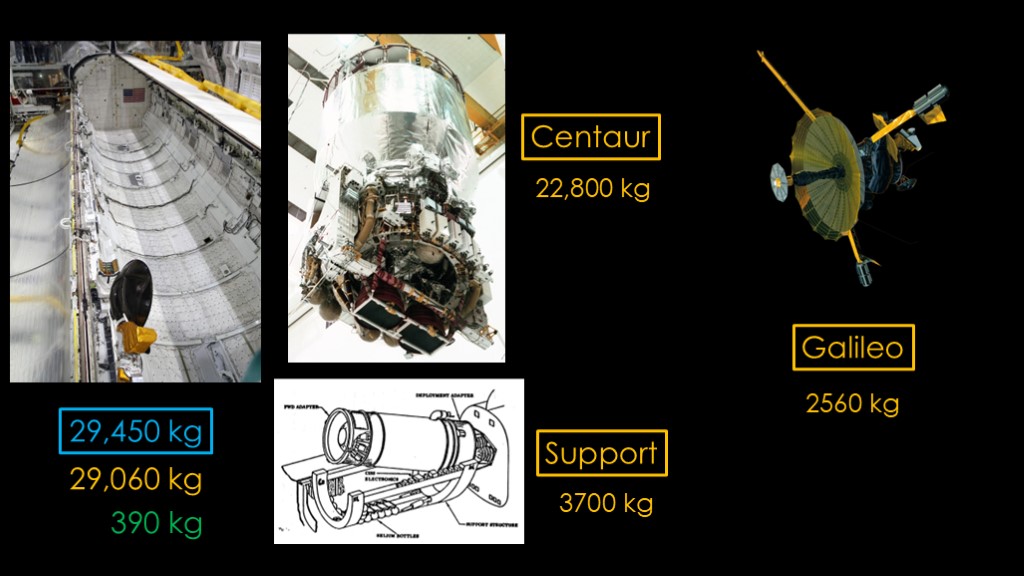
At the start of shuttle centaur, Lewis called up Johnson and asked, "How much payload will shuttle be able to lift? We need to know for shuttle centaur". And Johnson replied "29,450 kilograms."
Well, actually, Johnson put together a team that looked at the question and generated a report, and the number they gave was 65,000 pounds, but it's essentially the same.
And Lewis said, "thanks, that what we needed to know".
They used this information to figure out their mass budget for launching a planetary mission with Centaur G.
There are three components of the system. The first is the probe itself, and they used Galileo in their planning because that was the mission that took the most energy.
The second component is the centaur stage. It has to carry enough propellant to be able to give Galileo the push that it needs.
The third component is the payload bay structure that supports the launch, along with electronics and other systems to do the launch. Think of it as an orbital launch pad.
Lewis worked with JPL on the design of the probe and Martin Marietta on the centaur and support structure, and came up with these numbers:
The Galileo probe would have a mass of 2560 kilograms.
Centaur would have a mass of 22,800 kilograms, and that would be enough to give Galileo the push that it needed.
The payload bay support equipment has a mass of 3700 kilograms.
Add all those up, and the total payload mass is 29,060 kilograms, which means there was a margin of 390 kilograms.
It's a little more complex than this - because the earth and Jupiter are always moving the amount of fuel to get there changes from one launch day to another, so what you want is to have enough margin so that you can have a comfortable amount of launch opportunities.
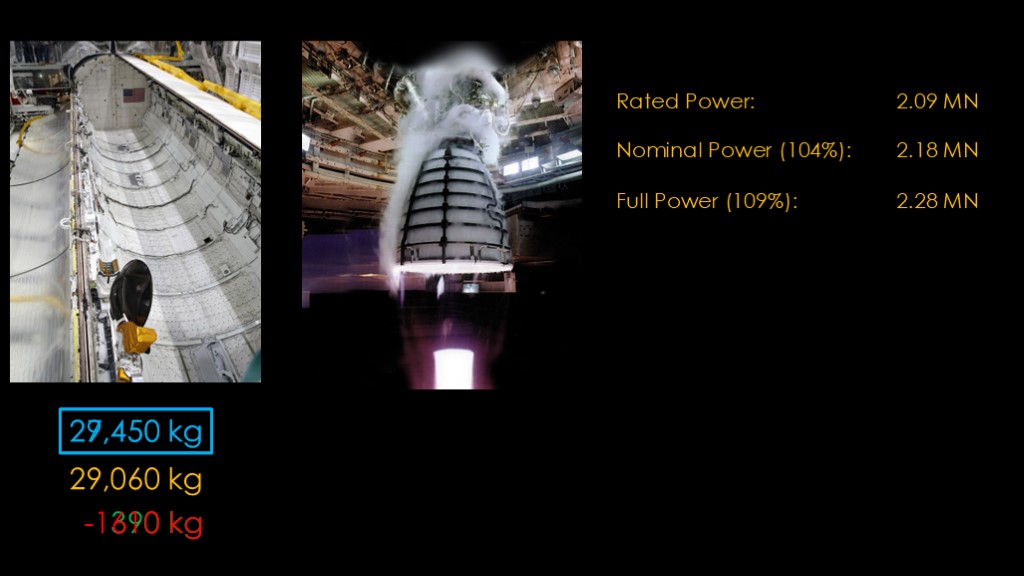
During development, the shuttle gained weight and every kilogram of extra weight meant one less kilogram of payload. If the shuttle gained 2000 kilograms - only a couple percent - the payload would go down to 27,450 kilograms, which would leave a margin of negative 1610 kilograms.
Shuttle could no longer lift the centaur g and enough propellant to carry Galileo to Jupiter.
But perhaps there was an option...
The space shuttle main engine had a rated thrust of 2.09 meganewtons.
But the engine team continued development, made a host of changes, and certified the engine as safe at 104% thrust, or 2.18 meganewtons. That engine power was used on STS-6 and later, and while it helped, it limited the number of galileo launch days to 6, which was judged to be too few.
But there was a full power setting at 109% which produced 2.28 meganewtons of thrust, and that was enough to make the Galileo mission practical. NASA associate administrator Jesse Moore loved the idea and immediately approved it, despite the objection of the propulsion engineers at Marshall who asserted that the full power level was only intended for abort scenarios.
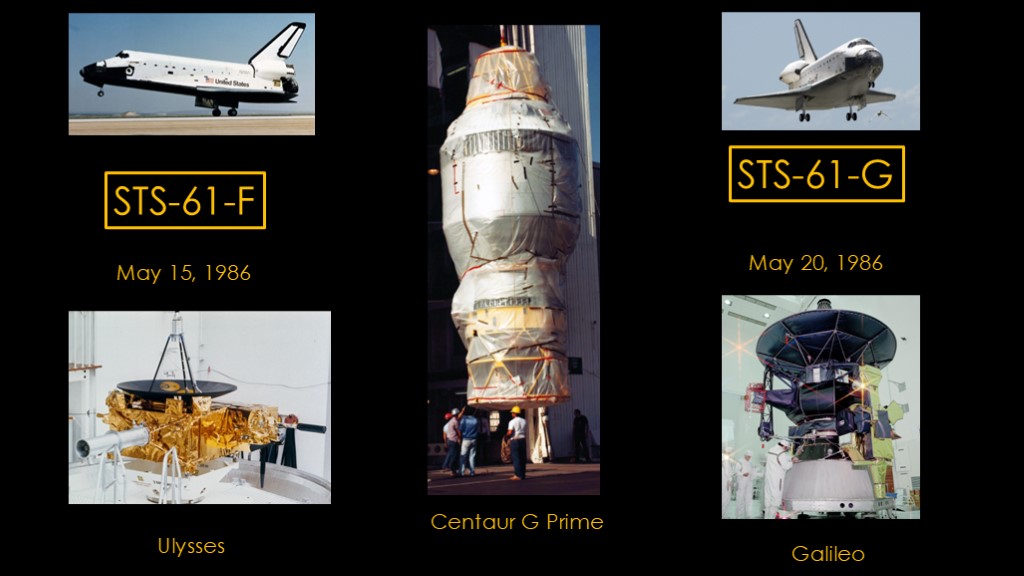
In the Fall of 1985, Centaur G, Ulysses, and Galileo were all ready and there were firm launch dates in May of 1986. The shuttle astronauts were still not happy but they had decided to fly the mission.
In a few short months, Shuttle Centaur would fly.
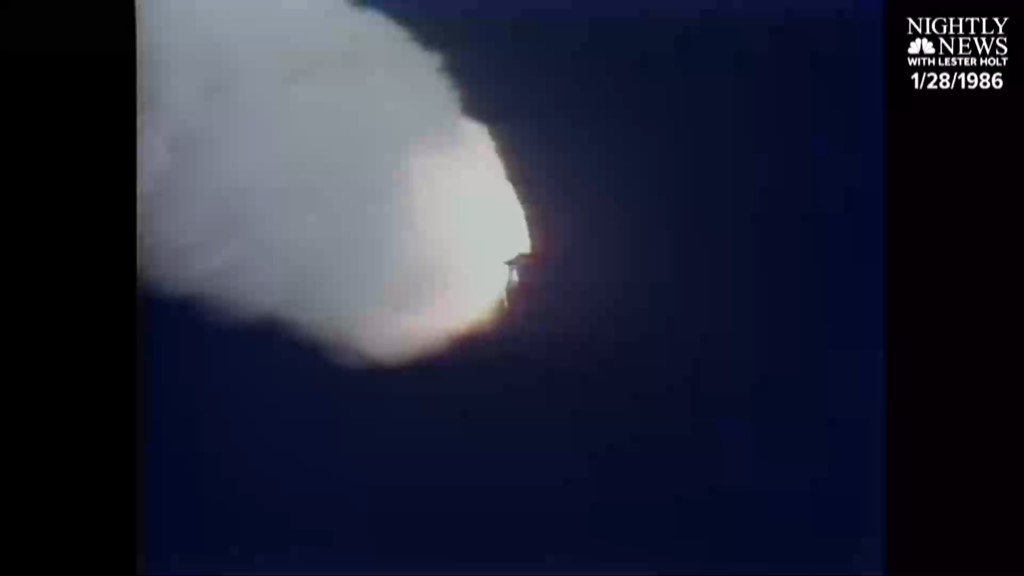
Then Challenger was destroyed during ascent on a cold January day, and the world within NASA shifted.
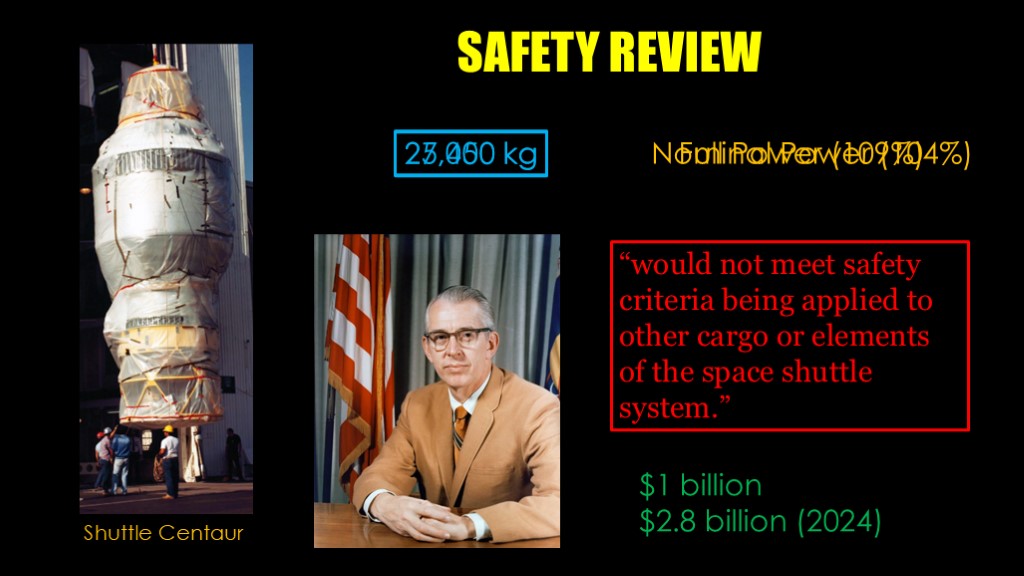
Three things were very clear in the time after Challenger...
The first is that there would be a new review of the overall safety of launching shuttle centaur as a payload, and it might be decided that the concept was inherently too risky.
The second was that there were going to be safety changes that would make shuttle heavier and that would further decrease the payload capability. It eventually ended up at 25,000 kilograms.
The third was that the 109% full power setting would not be allowed in the future.
Put those together, and it was pretty clear that the planned Galileo mission could not take place as shuttle could not lift the required payload.
On June 19th of 1986, NASA administrator James Fletcher cancelled the program, saying that Shuttle Centaur
NASA and the air force had spent $1 billion on the project, $2.8 billion in 2024 dollars.
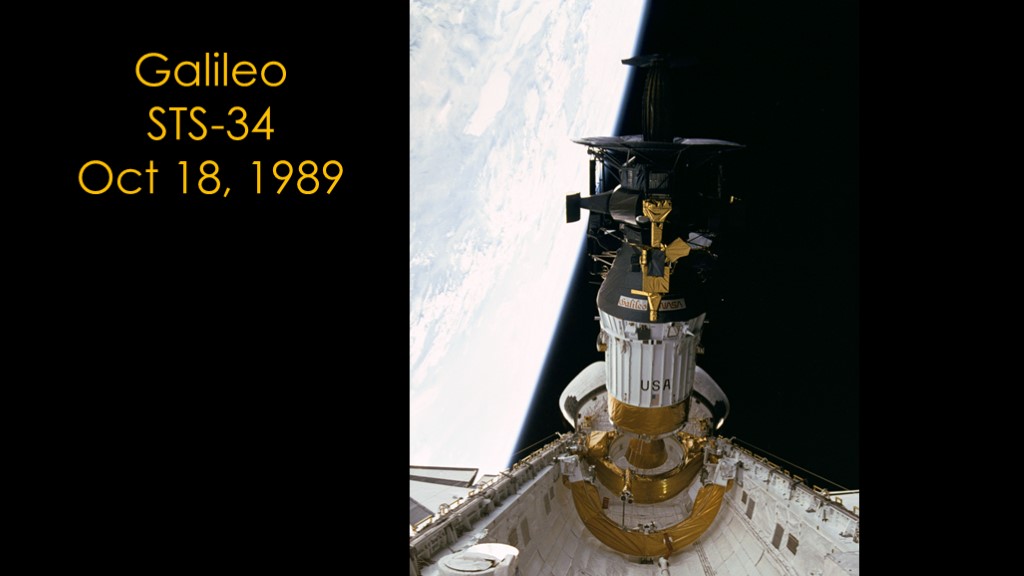
Galileo was finally launched on October 18th, 1989 on the STS-34 shuttle mission.
It used the standard two-stage IUS that the air force developed and therefore required the complex VEEGA trajectory.
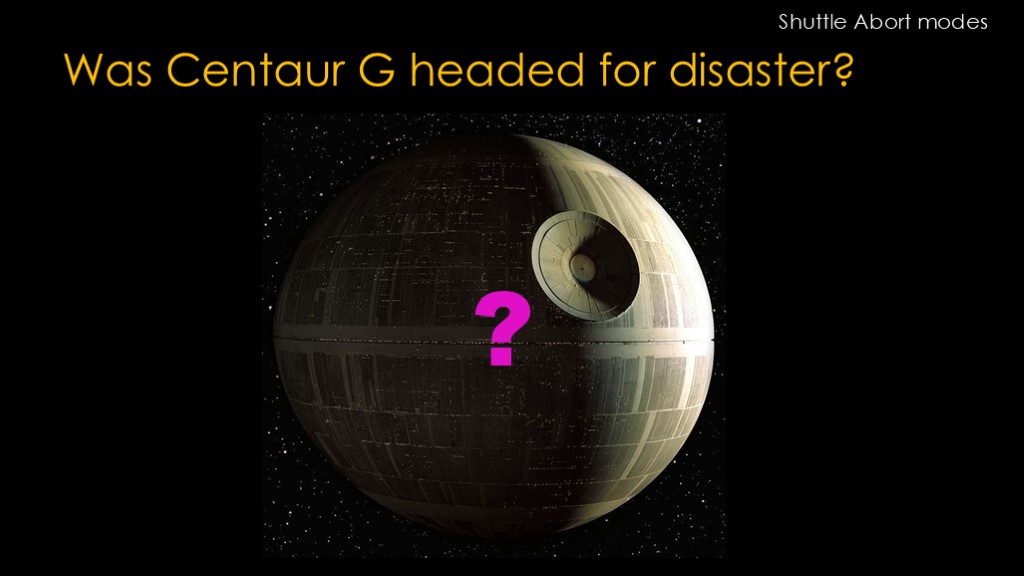
Was Centaur G headed for disaster?
We don't know.
It does seem that the choice to launch Galileo at a 109% engine setting - one that was never used during the shuttle program - was exactly the kind of decision making that led to the Challenger disaster. Perhaps the engines would have worked fine, but it's important to remember that shuttle was very intolerant to main engine failure during many parts of a flight, and even a safe shutdown of an engine could lead to loss of the shuttle and crew.
See my shuttle abort modes video for more details.
My opinion is that there was a good chance that the Galileo launch would have led to disaster and the chief reason it didn't happen is that Challenger happened first.
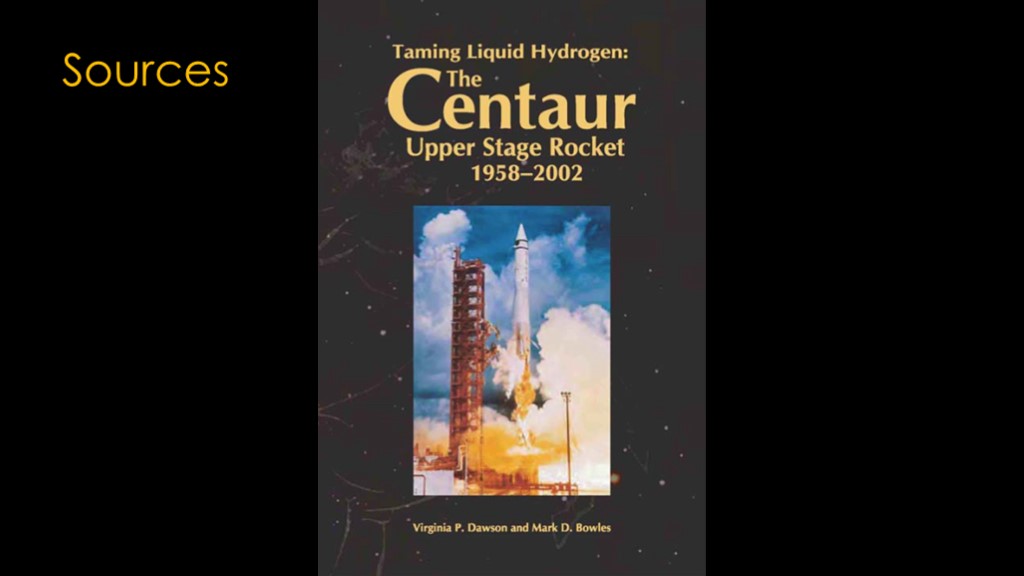
If you want more details, there are three important references. The first is "Taming Hydrogen - the Centaur Upper Stage Rocket".
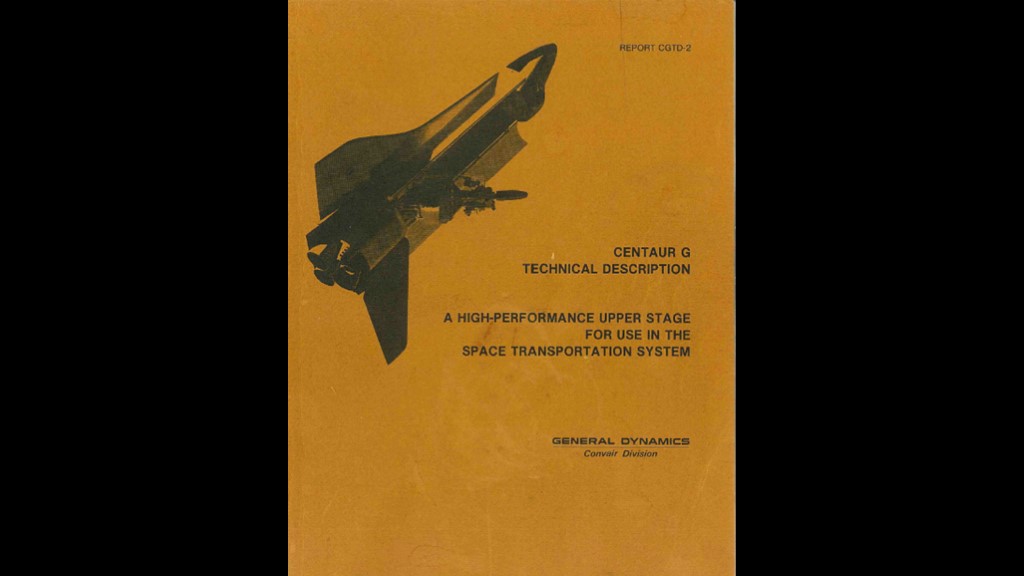
https://forum.nasaspaceflight.com/index.php?action=dlattach;topic=2398.0;attach=620740
https://books.google.com/books?id=5MVGAQAAMAAJ&pg=PA579&lpg=PA579&dq=%22Study+of+Upper+Stage+Alternatives%22&source=bl&ots=lcolWNSe1s&sig=ACfU3U2tgUNsM5QH-mfYmYF9I9I8hevgUA&hl=en&sa=X&ved=2ahUKEwjXs6LFiPWDAxV7CjQIHa1EDGEQ6AF6BAgJEAM#v=onepage&q=%22Study%20of%20Upper%20Stage%20Alternatives%22&f=false
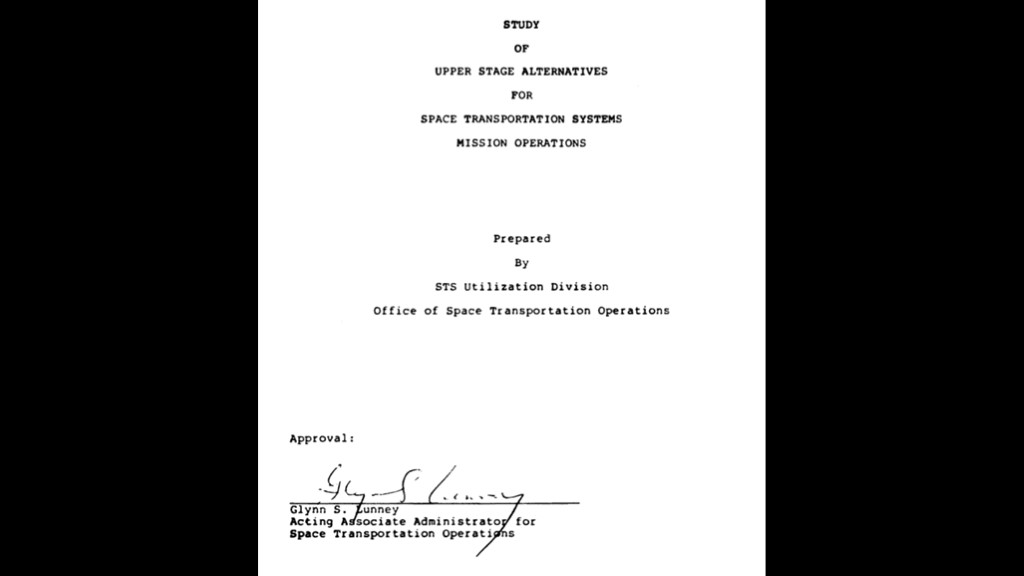
Soon after that, in 1980, NASA presented their plans to congress.
https://play.google.com/books/reader?id=5MVGAQAAMAAJ&pg=GBS.PA578&hl=en
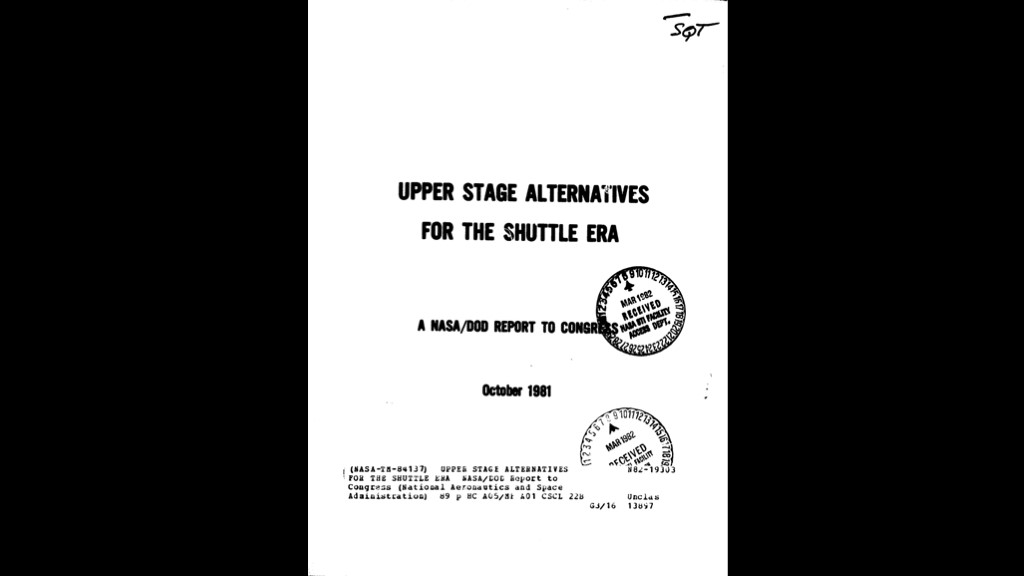
And there was a later
https://ntrs.nasa.gov/citations/19820011429
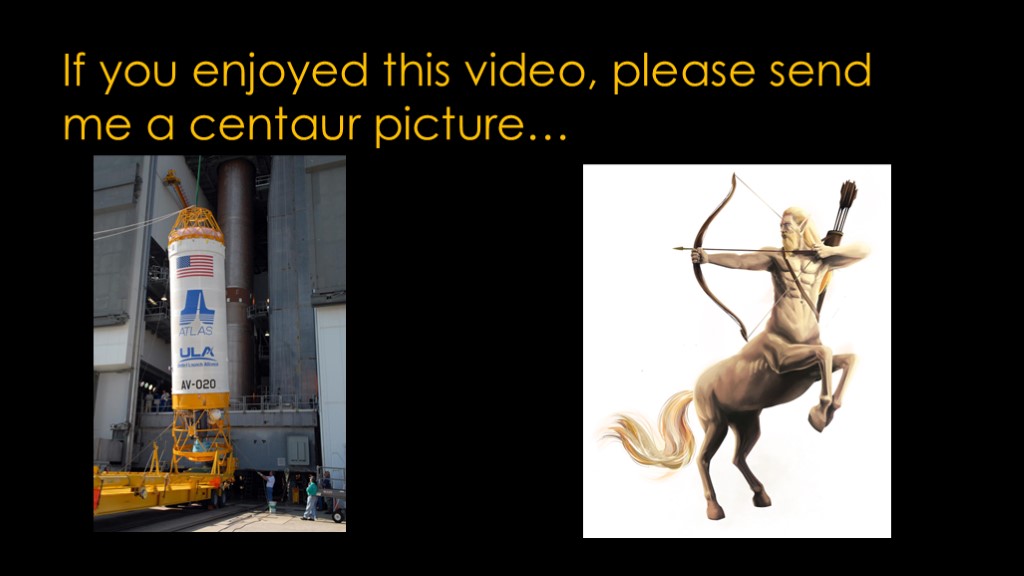
If you enjoyed this video, please send me a framed picture of your favorite centaur image...